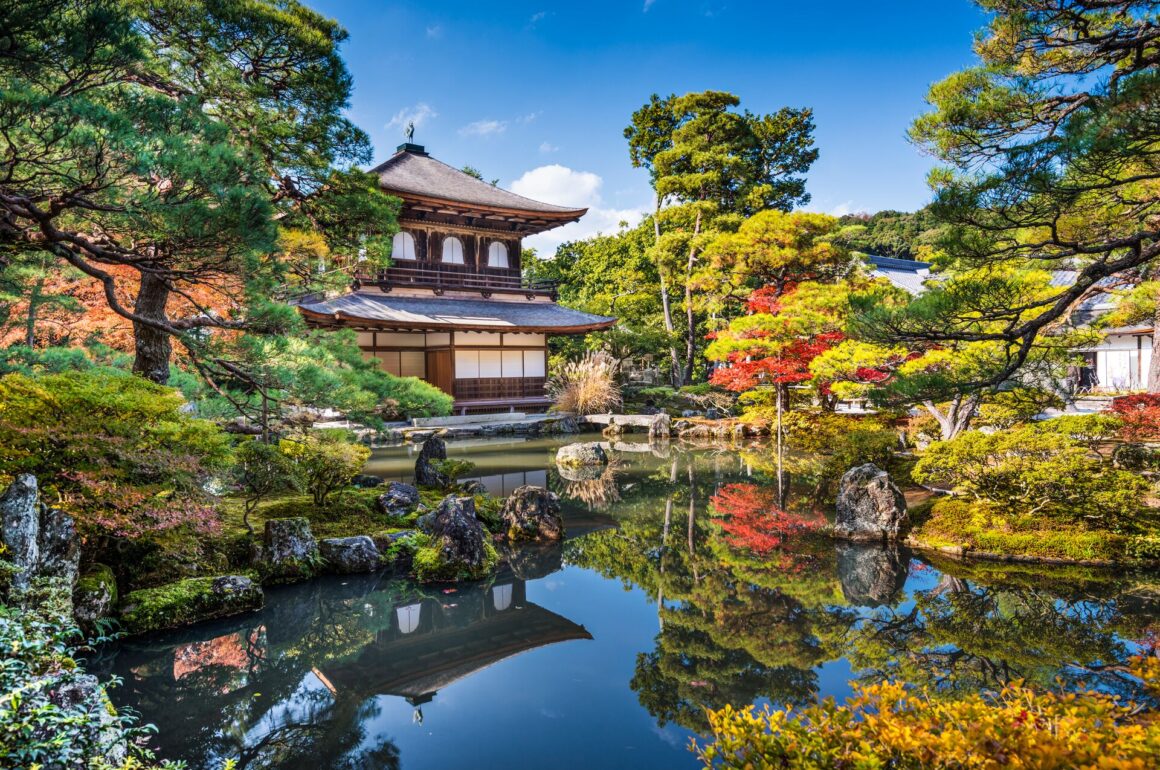
Colorful curated landscapes, serene ponds, pathways, bridges and perfectly pruned trees and shrubs – Japanese gardens are renowned worldwide for their meticulous design, attention to detail, and harmonious blend of nature and man-made elements. Here you can get lost for hours, contemplating or focusing on the details. We’ve highlighted some of the most sensational gardens in Japan that you must ear mark for a visit.
For travel inspiration: Japan destination guide
What makes Japanese gardens so famous?
Designed to evoke a sense of tranquility, balance and contemplation, the gardens reflect Japanese aesthetics and philosophies such as wabi-sabi (the acceptance of imperfection and impermanence) and Zen Buddhism.
Travel to Japan with Luxury Gold: Majestic Japan
Where are the 3 Great gardens of Japan?
The three Great Gardens of Japan are located in different cities across the country – Kenrokuen is in Kanazawa, Korakuen is in Okayama and Kairakuen is in Mito. Their reputation as the “three great gardens” stems from their beauty, cultural significance, and the unique experiences they offer to visitors.
Collectively renowned for their historical significance, these famous gardens have been meticulously designed and maintained over centuries and embody the principles of traditional Japanese garden landscaping and aesthetics. They are celebrated for their harmonious blend of natural elements like water, rocks, plants, and architecture, creating tranquil and visually stunning environments for visitors to explore and appreciate.
You may also enjoy reading: Bird Costumes and Cherry Blossom: Why Spring is the Best Time to Visit Japan
Kenrokuen Garden, Kanazawa

Kenrokuen means “Six Attributes Garden,” reflecting this exquisite garden’s design principles of spaciousness, seclusion, artificiality, antiquity, waterways and panoramic views. The spacious grounds used to be the outer garden of Kanazawa Castle and were constructed over a period of two centuries.
Meticulously landscaped, Kenrokuen garden features a variety of ponds, streams, bridges, tea houses and carefully pruned trees. The garden’s beauty is further enhanced by a different look for all seasons, with cherry blossoms in spring and vibrant foliage in the fall.
Korakuen Garden, Okayama
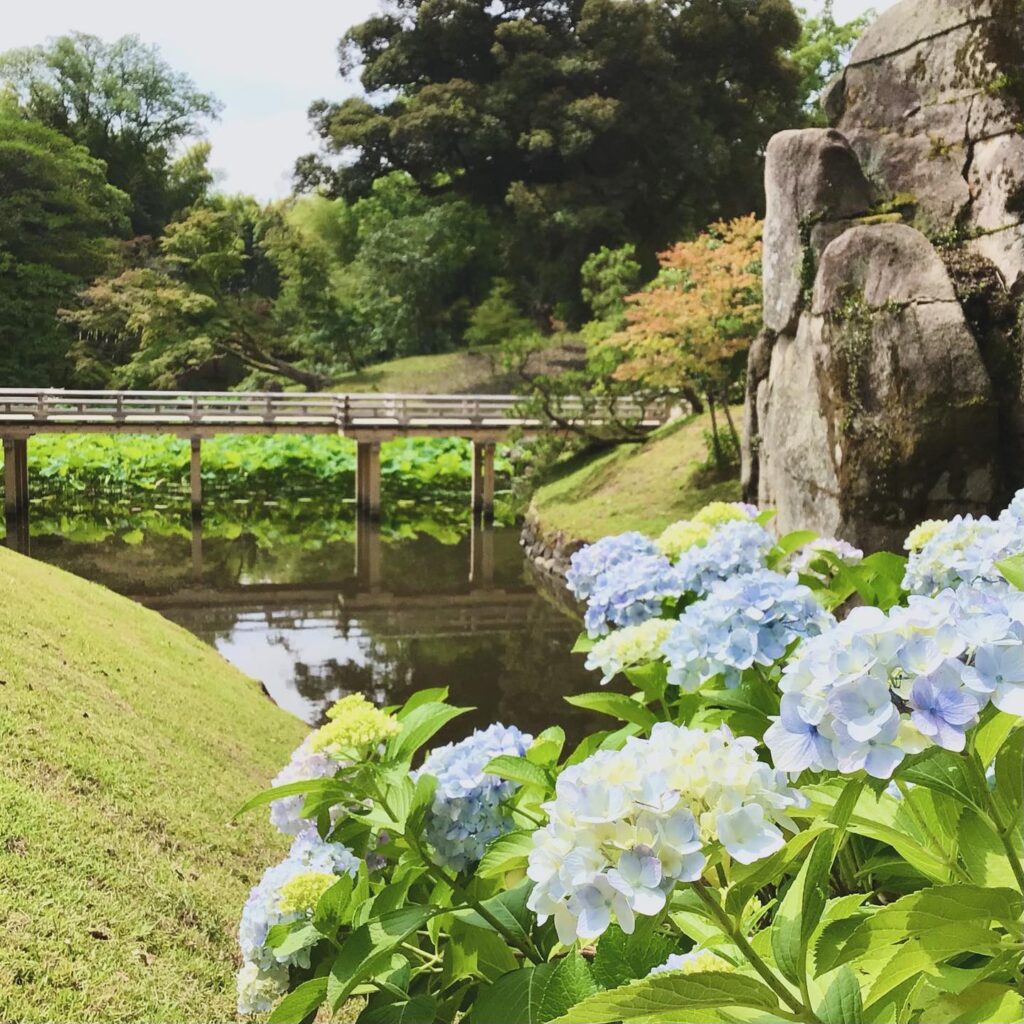
Image credit: @okayamakorakuen on Instagram
Korakuen is one of the oldest and most beautiful gardens in Japan, featuring expansive lawns, ponds filled with colorful koi fish and historic tea houses. Created around 300 years ago by the Ikeda family who once ruled Okayama, as a place to relax. The vast grounds, designed around carp-filled ponds offer a stunning step back in time to the Edo Period, with all the classic features of a strolling garden, including waterfalls, bridges and cherry trees.
A great read for garden lovers: Blooming Romance: Where to Find England’s Finest Rose Gardens
Kairakuen Garden, Mito
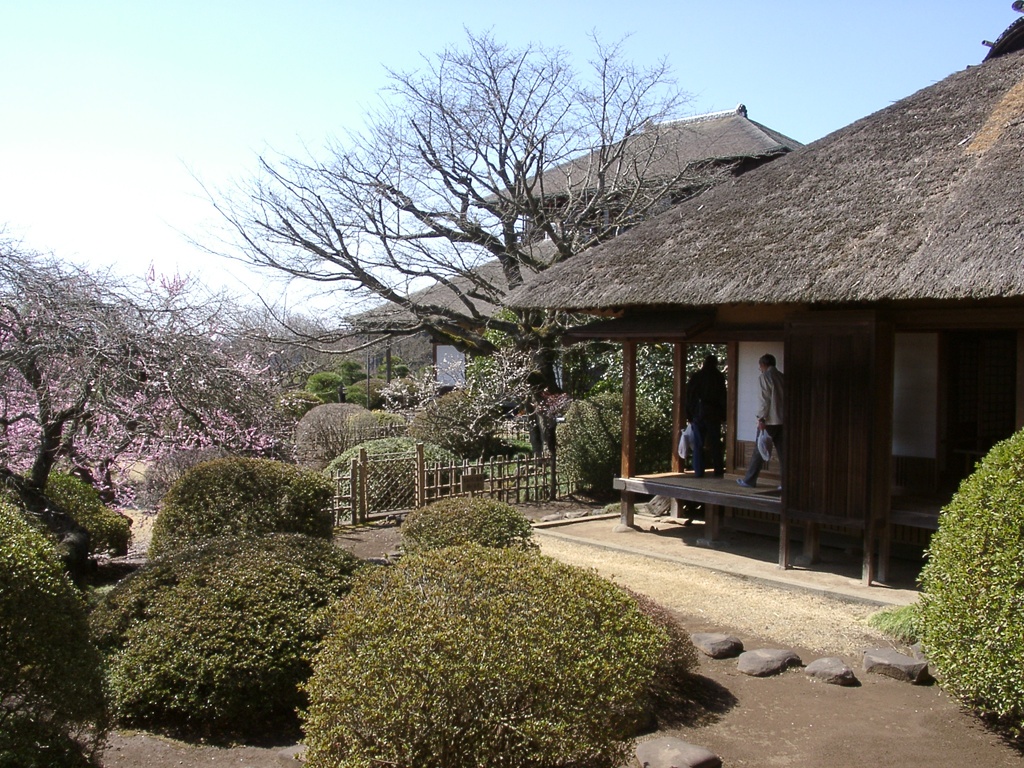
Image credit: Tonatsu, Public domain, via Wikimedia Commons
Famous for its three thousand plum trees that blossom in late winter, Kairakuen Garden in full bloom is a breathtaking sight, rightfully ranked amongst three finest landscape gardens in Japan.
Located in Mito, this famous garden was built relatively recently in 1841 by the local lord Tokugawa Nariaki and was always open to the public. In fact, Kairakuen means “park to be enjoyed together”.
Adachi Museum of Art Garden, Yasugi
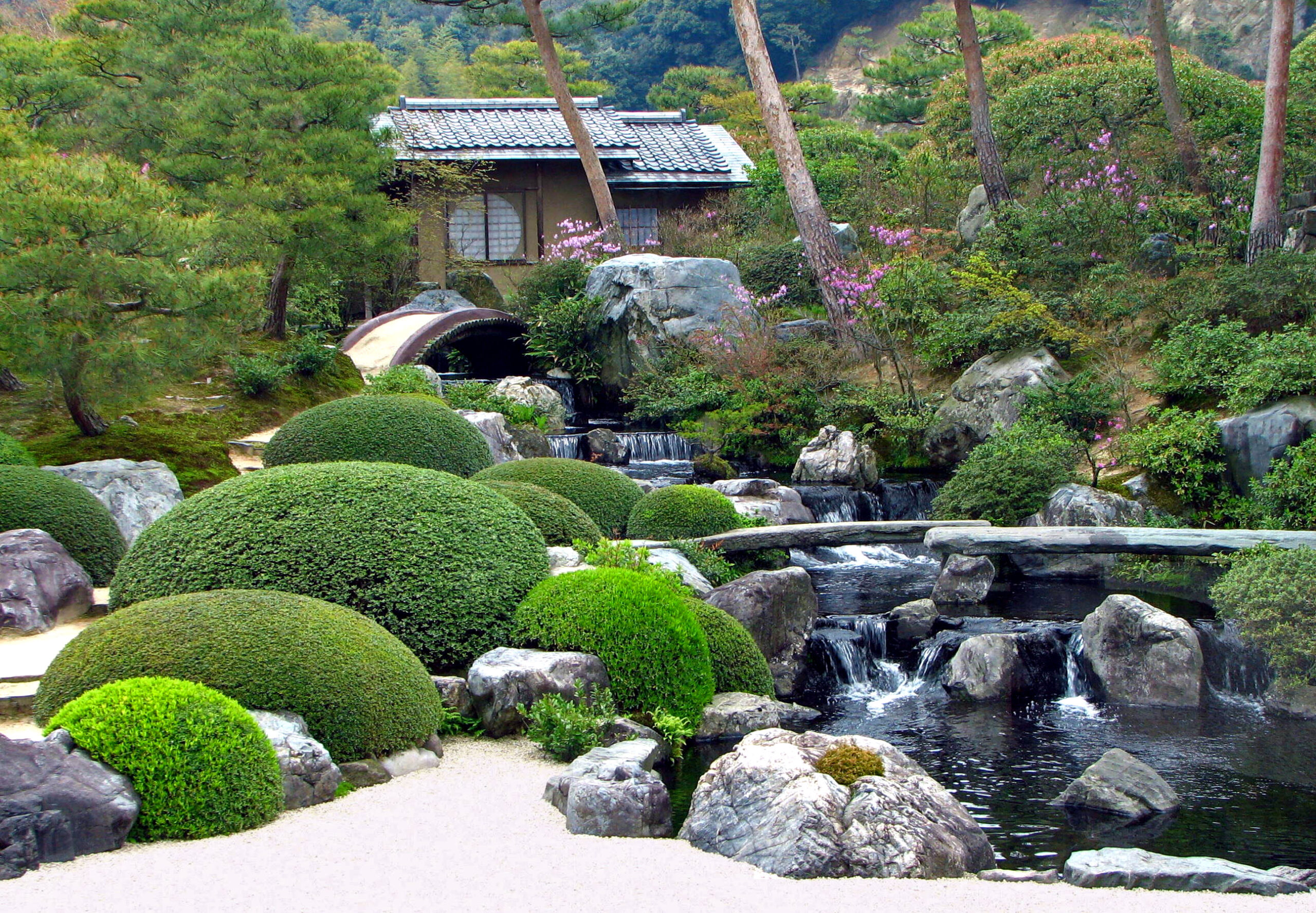
Image credit: Bernard Gagnon, CC BY-SA 3.0 <https://creativecommons.org/licenses/by-sa/3.0>, via Wikimedia Commons
The Adachi Museum of Art (Adachi Bijutsukan) was established in 1970 by Adachi Zenko, a native entrepreneur, who sought to merge his love for Japanese art and garden landscaping. His vision was to cultivate a deeper appreciation for Japanese art through the meticulously maintained gardens and exquisite artwork on display. It has been named the best garden in Japan multiple times and is considered a masterpiece of modern Japanese garden design, attracting art and garden enthusiasts from around the world.
The several gardens around the museum can be enjoyed at any time of year but can only be viewed from the Museum building. The main garden is the Dry Landscape Garden, along with the Moss Garden, the Tea Garden, the Pond Garden, which is the oldest garden on the grounds, and the White Gravel and Pine Garden, a tribute to works of Yokoyama Taikan.
Bookmark for later: The Ultimate Japan Packing List: What to Take On Your First Trip
Ryoan-ji Temple, Kyoto
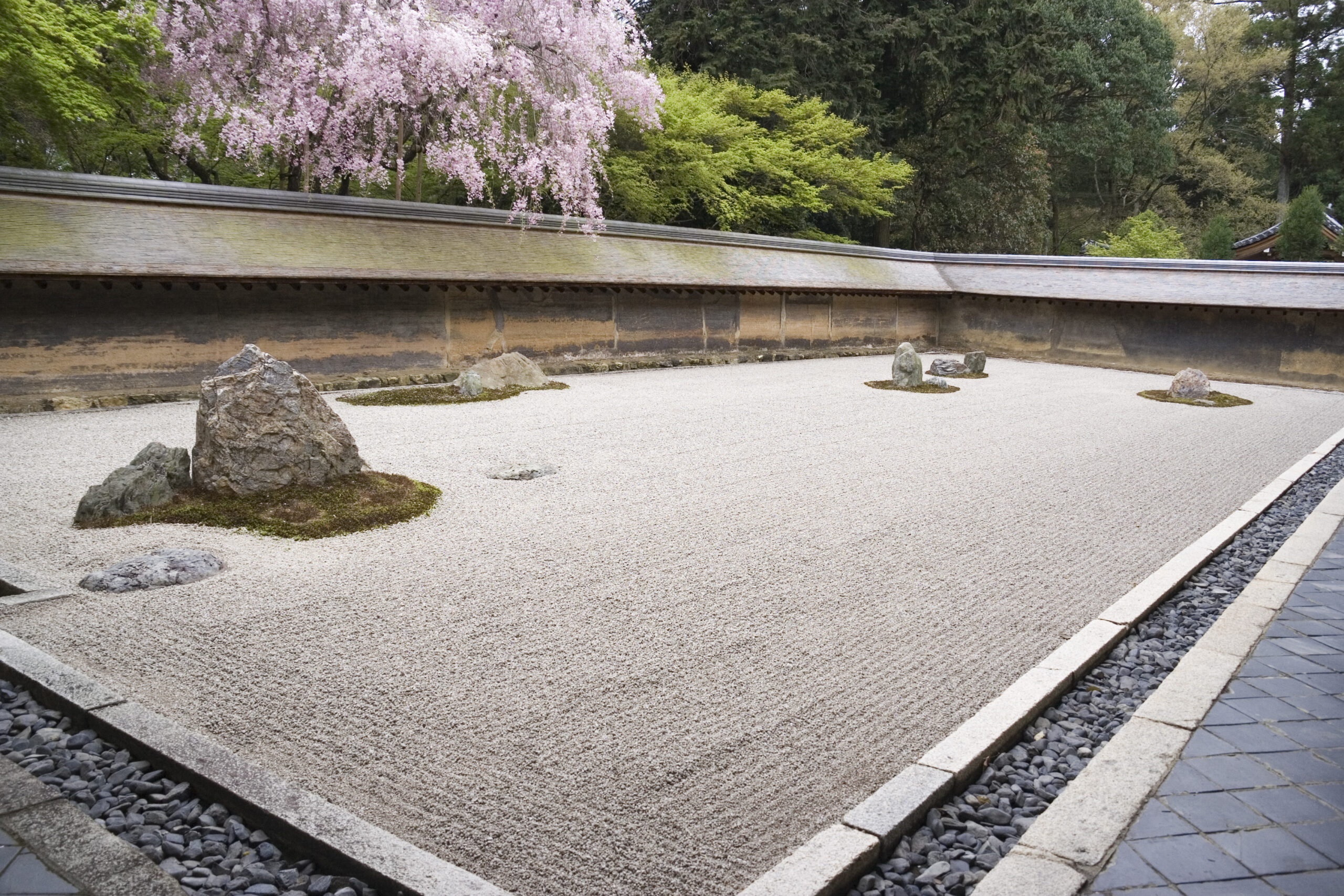
Image credit: Cquest, CC BY-SA 2.5 <https://creativecommons.org/licenses/by-sa/2.5>, via Wikimedia Commons
The Ryoan-ji Temple boasts one of the most renowned rock gardens in Japan, shrouded in mystery regarding its designer and precise interpretation. Simple and elegant, this Zen Garden is designated as a UNESCO World Heritage site and consists of carefully raked white gravel surrounding 15 meticulously placed rocks on a bed of moss. The rocks are arranged in such a way that, no matter where you stand, only 14 rocks are visible at a time, a design that encourages deep contemplation and meditation. The garden’s symbolism has sparked a wide array of interpretations, ranging from depictions of islands to a tiger ferrying her cubs across water, and even representing the abstract notion of infinity.
Katsura Imperial Villa Garden, Kyoto

Image credit: Odd Roar Aalborg, CC BY-SA 4.0 <https://creativecommons.org/licenses/by-sa/4.0>, via Wikimedia Commons
The Katsura Imperial Villa Garden in Kyoto is considered a masterpiece of Japanese garden design. This historic residence and garden complex was constructed in the early 17th century and is considered a prime example of traditional Japanese architecture and landscaping. The garden features winding gravel paths, tranquil ponds, meticulously groomed trees, and strategically placed tea houses, bridges, and lanterns. Every view within the garden is carefully framed to create a sense of balance and harmony, inviting visitors to contemplate the beauty of nature and the essence of Japanese aesthetics.
You may also like: Guardians of a National Icon: Meet Japan’s Cherry Blossom Doctors
Shinjuku Gyoen, Tokyo

Image credit: Basile Morin, CC BY-SA 4.0 <https://creativecommons.org/licenses/by-sa/4.0>, via Wikimedia Commons
Shinjuku Gyoen in Tokyo is a sprawling and diverse garden that blends traditional Japanese, English, and French garden styles, offering visitors a peaceful oasis in the heart of the bustling city. Often called Tokyo’s answer to Central Park, this spacious park was once part of an Edo era (1603-1867) feudal lord’s home and was opened to the public in 1949. The park features meticulously landscaped lawns, serene ponds, colorful flower beds and a wide variety of trees from around the world. Visitors can enjoy the beauty of cherry blossoms in spring, vibrant foliage in autumn, and peaceful strolls throughout the year.
Imperial Palace East Gardens, Tokyo
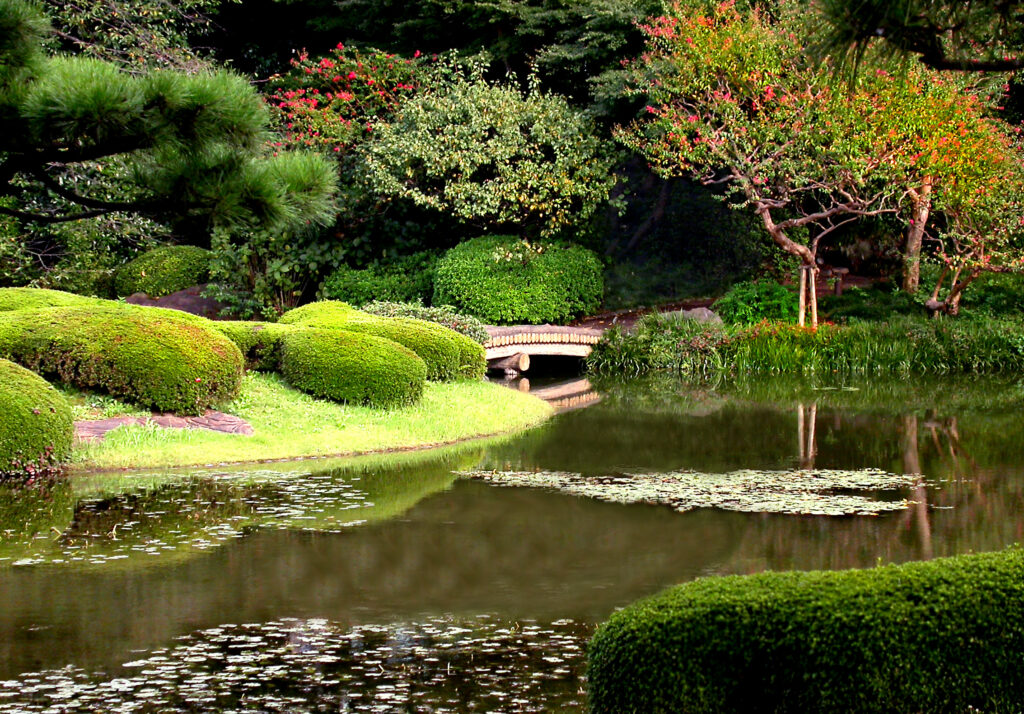
Image credit: John w, CC BY 2.0 <https://creativecommons.org/licenses/by/2.0>, via Wikimedia Commons
For a glimpse into Japan’s imperial past, head to the Imperial Palace East Gardens in Tokyo. Once part of the Edo Castle grounds, they feature a blend of traditional Japanese landscaping and Western influences, including Edo Period stone walls, teahouses, bridges and carefully curated greenery. Visitors can enjoy serene strolls through groves of cherry and plum trees, maple trees which are spectacular in the fall, expansive lawns, and peaceful ponds, all set against the backdrop of the modern Tokyo skyline.
Kyoto Botanical Gardens
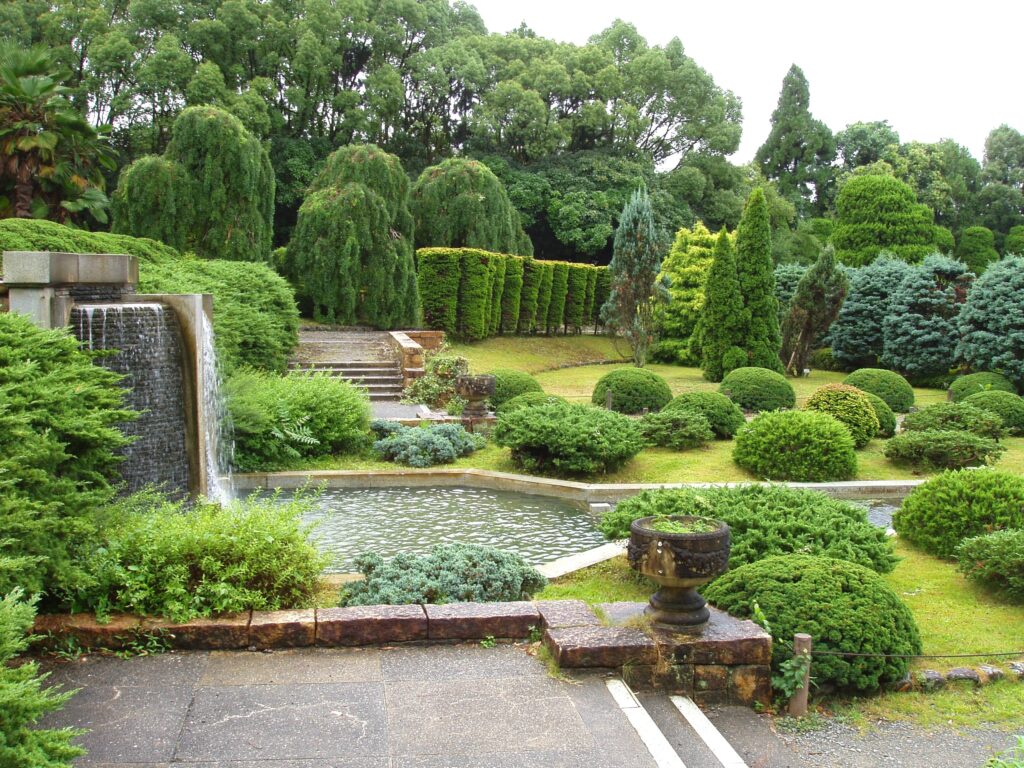
Image credit: Daderot, CC BY-SA 3.0 <https://creativecommons.org/licenses/by-sa/3.0>, via Wikimedia Commons
The Kyoto Botanical Gardens was the first-ever public botanical gardens in Japan, which opened in 1924. The garden has 12,000 plant species, allowing visitors to enjoy different seasonal settings from cherry blossoms to chrysanthemums to the autumn shades of vermillion and gold.
To experience the best of Japan in luxury style, take a look at our Majestic Japan small group journey.



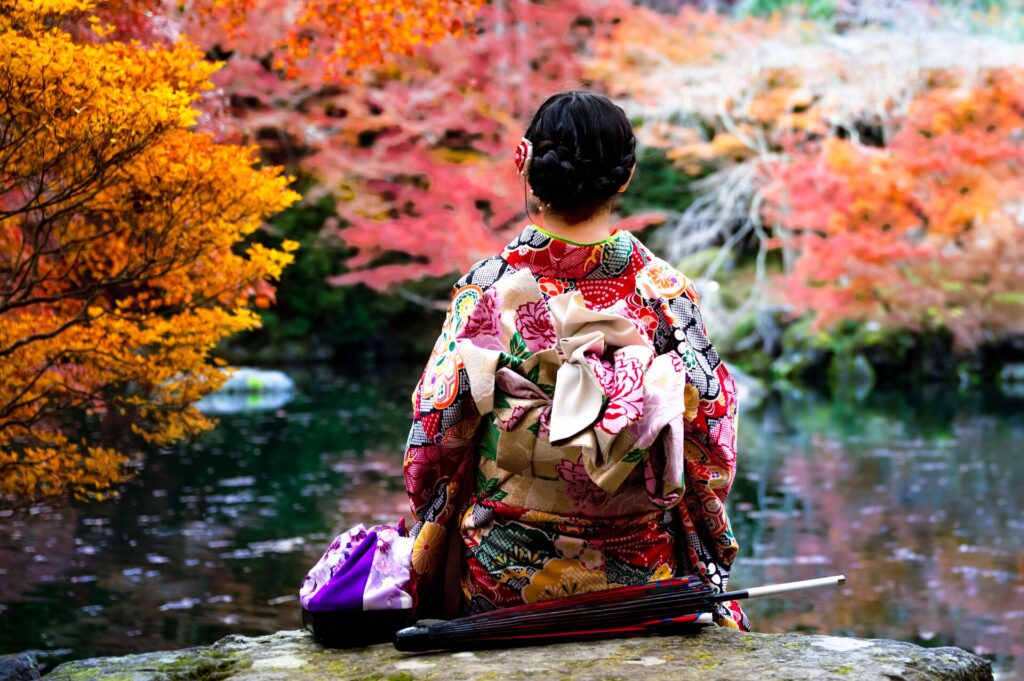






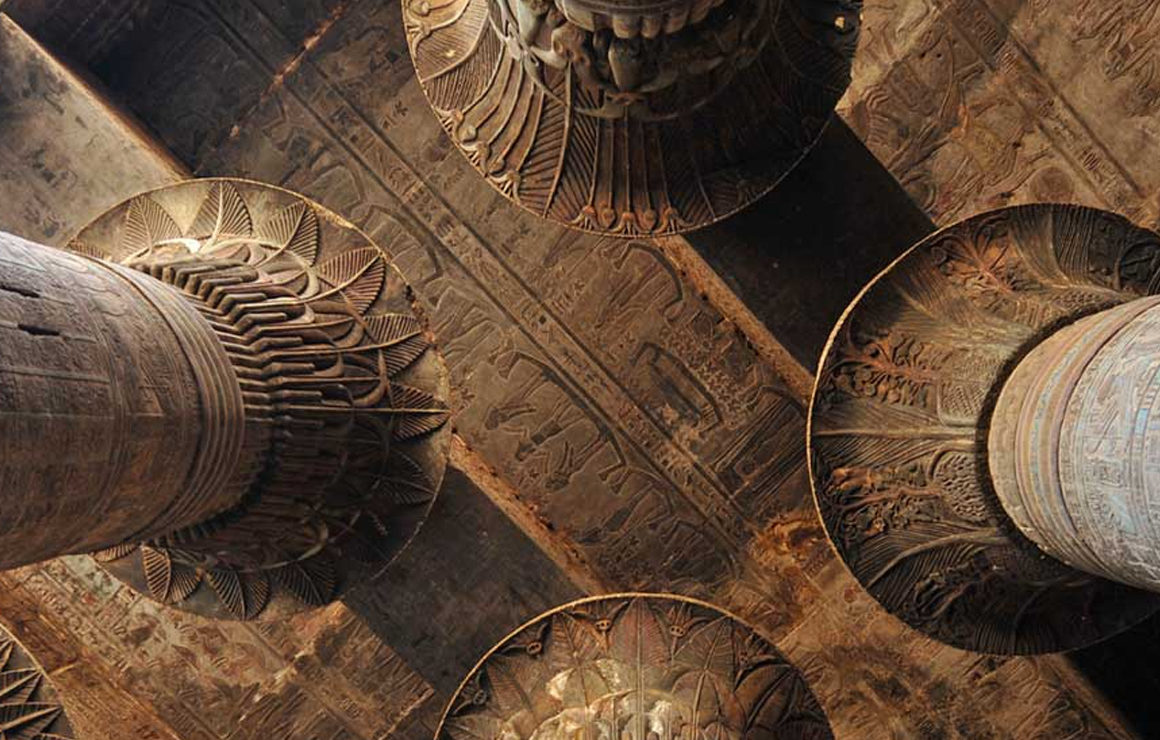

Leave a Comment